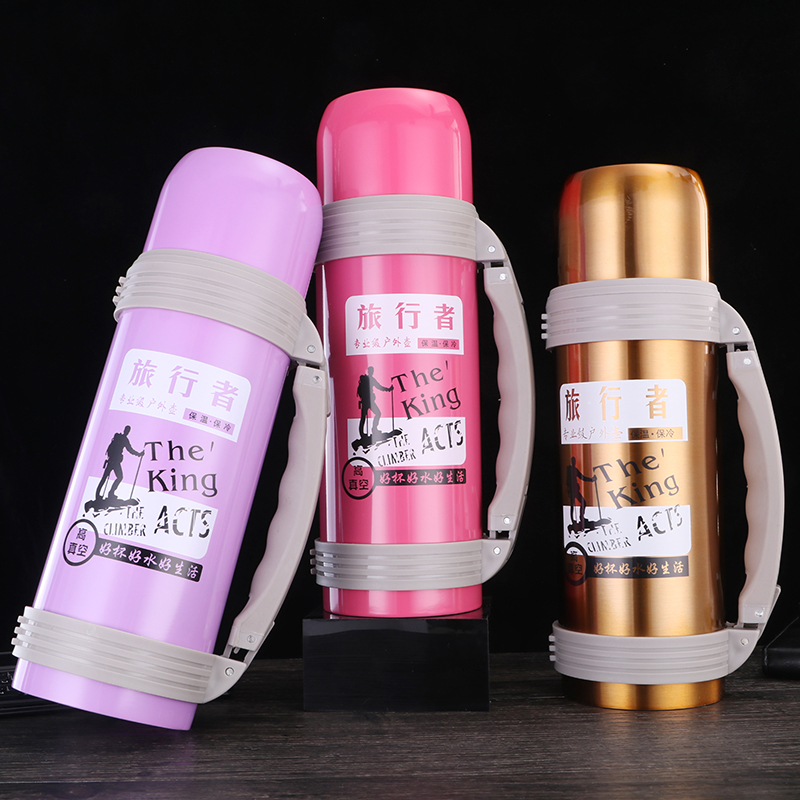Today we will continue to give examples of products that cut corners and are shoddy water cups.
Type D water cup is a general term referring to those high borosilicate glass water cups promoted and sold on e-commerce platforms. How to cut corners on glass water cups? When selling glass thermos cups on e-commerce platforms on the Internet, one of the items that all merchants mainly promote is high borosilicate. High borosilicate glass has extremely high impact resistance and temperature difference resistance. When a high borosilicate glass water bottle with excellent material was tested for drop, it fell freely from a height of 70 centimeters in the air and the water bottle did not break after landing.
At the same time, pour the -10°C ice water into the water cup and immediately pour boiling water into it. The water cup will not burst due to the huge temperature difference. However, the so-called high borosilicate glass water cups purchased by many businesses now are not made of high borosilicate, but of medium borosilicate material. Although it has a certain temperature resistance, it does not meet the standards of high borosilicate. The price difference between the two materials is large, but the appearance of the finished products is similar, making it difficult for consumers to distinguish. #Thermos cup
E-type water cups, this example also refers to the general problem of excessive false propaganda in this type of water cups. For example, most stainless steel thermos cups sold on e-commerce platforms will mention the copper plating process on the inner wall when promoting them, and use this to emphasize the heat preservation performance of the water cup. However, in fact, about 70% of the stainless steel thermos cups currently sold on the market do not have the inner wall of the cup. There is no copper plating process. In fact, the impact of copper plating on the thermal insulation effect of the water cup is almost imperceptible in a short period of time. The editor has conducted rigorous tests. For water cups of the same style and capacity, the difference between copper-plated and non-copper-plated water cups is Hardly anything in 6 hours.
The difference is about 2℃ after 12 hours, and the difference is 3℃-4℃ after 24 hours, but for ordinary consumers, the difference is almost unnoticeable. A lifespan experiment was conducted to compare the copper-plated water cup inside the same water cup with the water cup without copper plating. After 3 months, the former’s thermal insulation decay rate was almost zero, and the latter’s thermal insulation decay rate reached 2%; after 6 months, the former’s thermal insulation decay rate was 1%, and the latter’s thermal insulation decay rate was 1%. The former is 6%; after 12 months, the former’s thermal insulation decay rate is 2.5%, and the latter’s is 18%. For example, 18% means that if a new water bottle is kept warm for 10 hours, it will be reduced to 8.2 hours after 12 months of use.
Examples of over-packaging abound. Some water bottles emphasize that long-term use can improve physical function. This has no scientific basis. Moreover, most of these water bottles have rarely been scientifically tested, and developers just take it for granted. It’s just to add to the gimmick. In short, friends should not be too superstitious when buying water cups with many functions and powerful promotions. Even if you like this type of water cup very much, it is recommended that you check whether the water cup has a sound test report when purchasing.
Post time: Jan-02-2024
